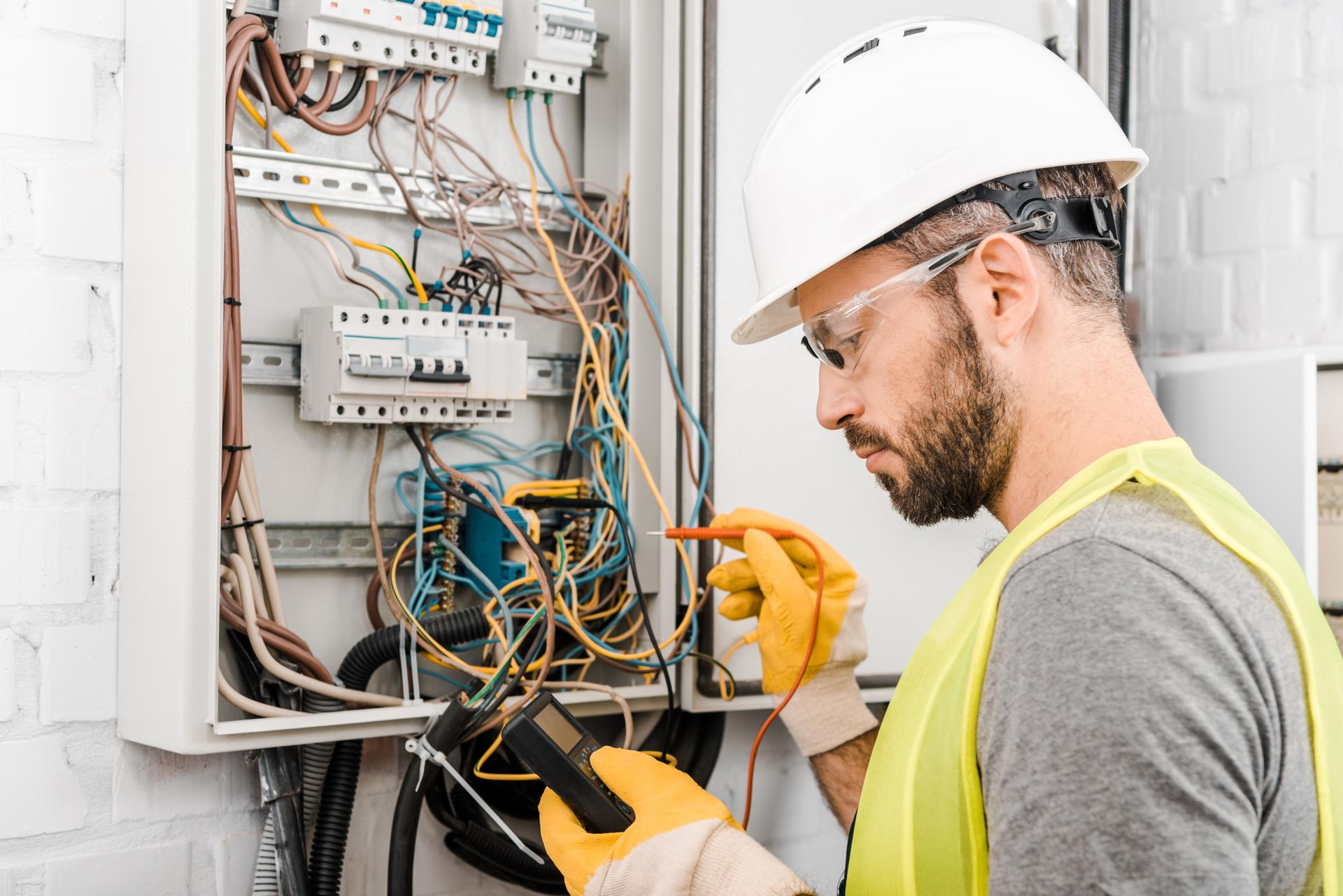What You Need to Know About Electrical Wiring in Your Home: A Primer

Electricity is a vital part of our lives, powering everything from the lights in our houses to appliances that we use each day. But electricity systems are complex knowing how they work can be difficult. In this guide, we’ll break down the components of an electrical system, and show how circuits operate to power devices and appliances. Our residential electricians can handle any electrical jobs you need.
Components of an Electrical System
An electrical system is comprised of several key components that work together to supply power to a home. These include:
Breaker box: the central source of electrical power in a home that is where electricity is split into various circuits
Switches and outlets: points where electricity is delivered to devices and appliances
Wiring: the wires that transport electric current from the box to outlets and switches
Electrical appliances and devices: appliances and devices that require electricity for their functions.
Electrical Circuits
The term "electrical circuit" refers to a path that allows electricity to flow from the main source (the breaker box) to the appliances and devices in the home. There are two kinds of electrical circuits that can be found in homes: 120-volt circuits and circuits with 240-volt voltage. 120-volt circuits are employed to power most household appliances and appliances, whereas the 240-volt circuits are designed to power larger appliances, such as dryers and air conditioners.
Electrical circuits work by completing a loop that allows electricity to be transferred from the source to the device or appliance. The loop is made up of a hot wire that carries the electricity, a neutral wire that completes the circuit as well as a ground wire that provides an avenue for electricity to travel to the ground in the event of a fault.
Understanding the electrical Wiring
Electrical wiring comes in several different types, including non-metallic sheathed cables (NM), armored cable (AC) and conduit. Each kind has its own advantages and drawbacks, and the choice of the wiring type is contingent upon the specific requirements that the location requires.
The electricity travels through wires through a flow of electrons in the wire. The electrons flow from the source to the appliance or device, and back to the source via the neutral wire. It is essential to ensure the wiring is installed and maintained in a correct manner, as defective wiring could lead to electrical dangers like shocks and fires.
Common Electrical Issues
The most frequent electrical problems found at home include tripping breakers, flickering lights, and disconnected outlets. These issues can be caused due to a variety of reasons such as overloading circuits broken connections, and defective wiring.
If you experience one of these problems, it’s crucial to pinpoint the root cause and take action to fix the problem. In certain instances it may be necessary to contact an authorized electrician to examine and fix the wiring.
Final Conclusion, and Call to Action
In conclusion, understanding how electrical wiring operates is essential to ensure the safety and security of the electrical system in your home. By following the guidelines outlined in this document, you can stay secure and stay clear of potential dangers.
In case you’ve got any concerns or questions regarding your home’s electrical system Don’t hesitate to reach out to Local Electrician Paddington. Our electricians are licensed and has the experience and knowledge to address all of your electrical needs. Contact us by phone at 1300 610 481 to schedule a consultation.
FAQ
What are the symptoms of an electrical wiring issue?
The signs of an electrical wiring issue may include tripping breakers flickering lights, and electrical outlets that are not working, for example.
When should I schedule my electrical system at home inspected?
It’s recommended that you have your home’s electrical system checked by an authorized electrician every 10 years.
What is the life expectancy for electrical wires?
The lifespan of electrical wiring is based on several factors, including the type of wiring used, the setting it’s placed in, and the standard of installation. The majority of electrical wiring lasts up to 30 years or more if it’s installed with correct installation and care.
Do I need to fix electrical issues myself or should I always employ an electrician?
While some electrical problems can be solved by homeowners, it’s advised that you employ an authorized electrician for most electrical repairs. Attempting to fix electrical problems without the proper education and knowledge can be risky and may cause injury or damage the property.
What should I do if have an electrical issue at home?
If you encounter an electrical issue the first step is to cut off the power supply to the affected location by turning off the breaker or fuse. Then, contact an accredited electrician to inspect and repair the issue as soon as is possible.
If you follow these tips, you can ensure the security and reliability of your electrical system in your home and reduce any potential dangers. Keep in mind that when it comes to electrical repairs as well as installations, it’s best to leave it to the experts. Contact Local Electrician Paddington at 1300 610 481 to discuss all of your electrical requirements.
